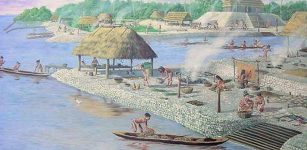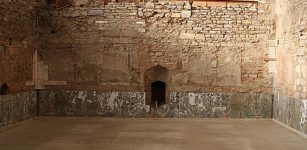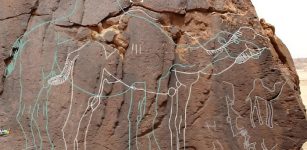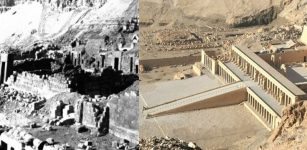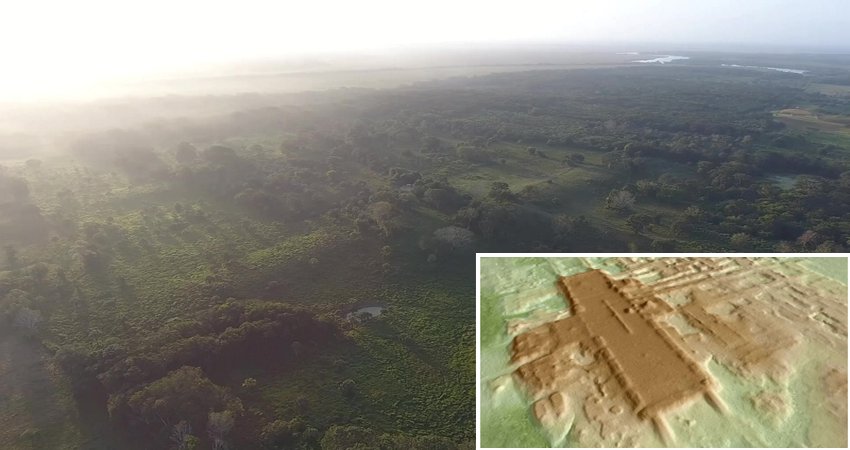Oldest Traces Of Unknown Settlements In Burkina Faso Unearthed By Polish Archaeologists
MessageToEagle.com – Polish archaeological research team has spent many years in Burkina Faso, situated in West Africa, north of Ghana.
During October – November last year, researchers excavated some areas inhabited by the Kurumba people, who settled in the north of Burkina Faso, a few centuries ago and probably arrived from what is now Mali or Niger.
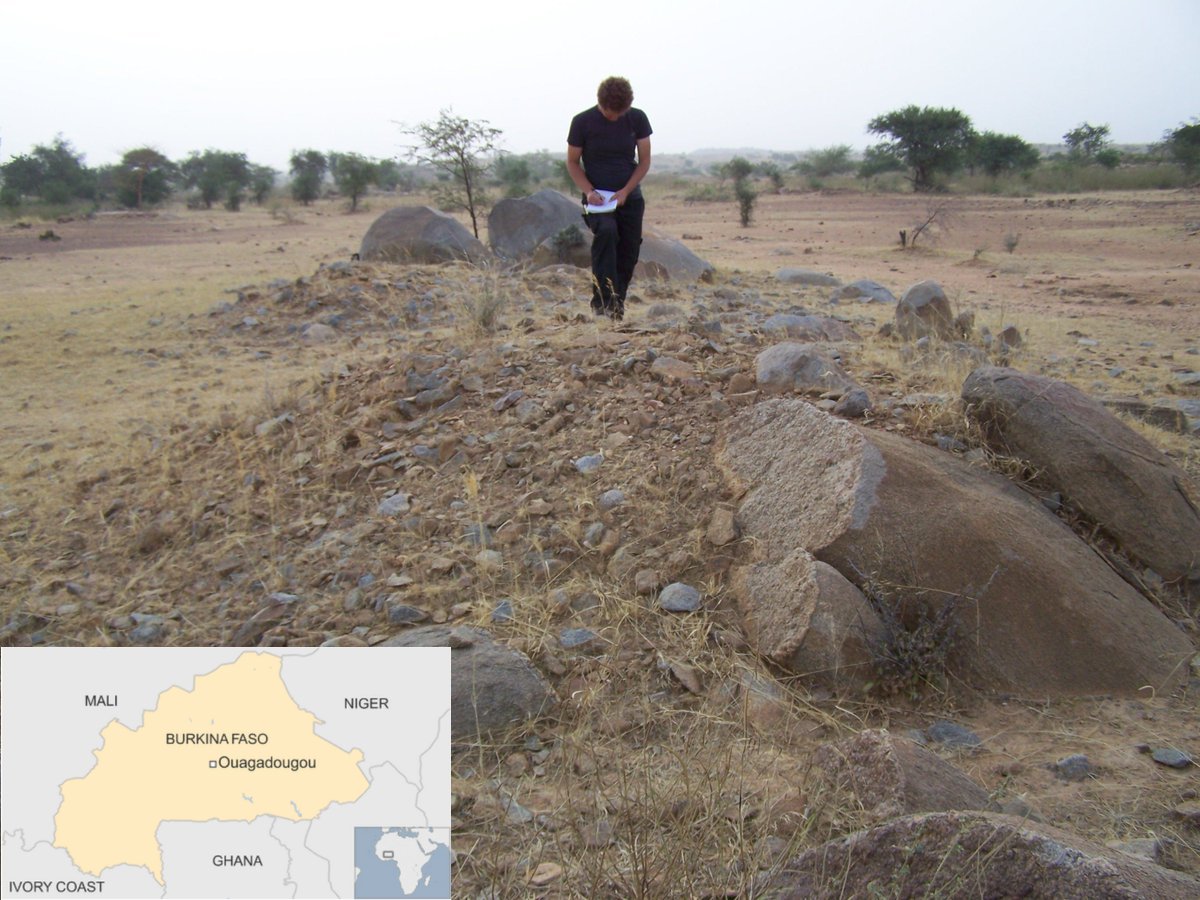
For now, however, it is not clear whether it was in the thirteenth or perhaps in the sixteenth century – it is still a matter of dispute among ethnologists.
“Burkina Faso remains a blank spot on the archaeological map of Africa – so far only random excavations have been carried out here,” said Krzysztof Rak from the Institute of Archaeology of the Jagiellonian University in Kraków, in an interview with PAP.
According to ancient and very extensive mythology of the Kurumba, their ancestors arrived in the northern part of Burkina Faso in an “iron house”.
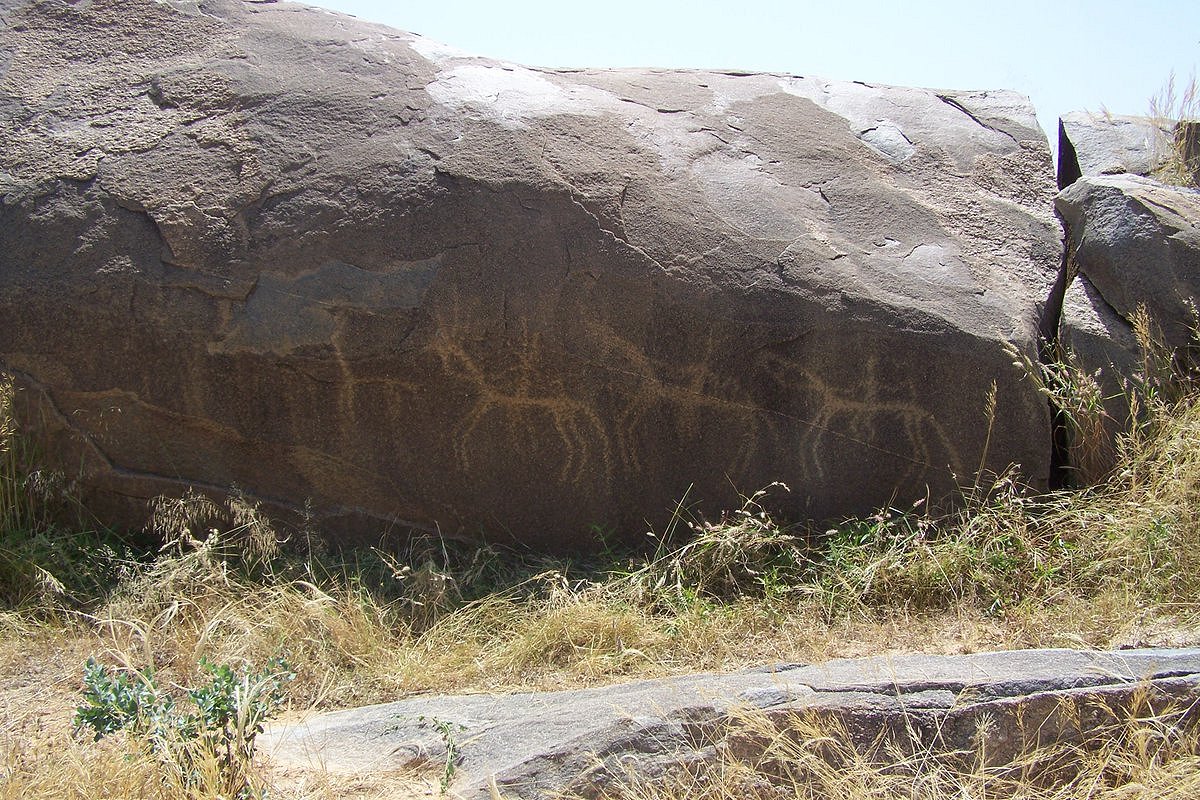
On arrival they subjugated the local population called Berba and created their own kingdom. In the eighteenth century – that we know from ethnological sources – the Kurumba were dominated by the Mossi, but have maintained the old chiefly system headed by the king.
The list of all the rulers of the Kurumba kingdom – Lurum, is nown to researchers; however, it is not clear for how many years each of them had ruled.
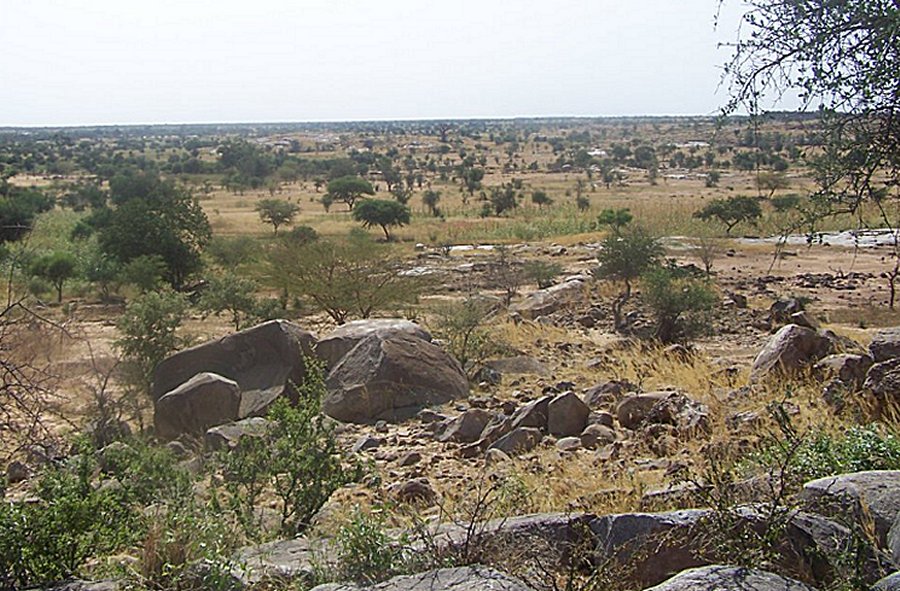
Surface surveys for objects such as fragments of pottery yielded artifacts including flint tools and waste resulting from processing flint, from between 50,000 and 15,000 years ago – one of the oldest known traces of human presence in the country.
See also:
Mystery Of 3,000-Year-Old African Civilization Garamantes And Its Ancient Secrets
A Sub-Saharan Archaeological Puzzle: Mystery Of Enigmatic Nok Culture
Africa’s Secrets: Unsolved Mystery Of Gedi Ruins Protected By The ‘Old Ones’ – Why Did People Leave?
Archaeologists Search For The Lost Ancient Slavic Fortress In The Kingdom Of Nekor In Africa
Archaeologists also focused on Damfelenga Dangomde, a long abandoned artificially created mound formed from the accumulated remains of settlement. Until now it was only known that the site was inhabited until the end of the nineteenth century, when the Kurumba moved to the country’s contemporary capital.
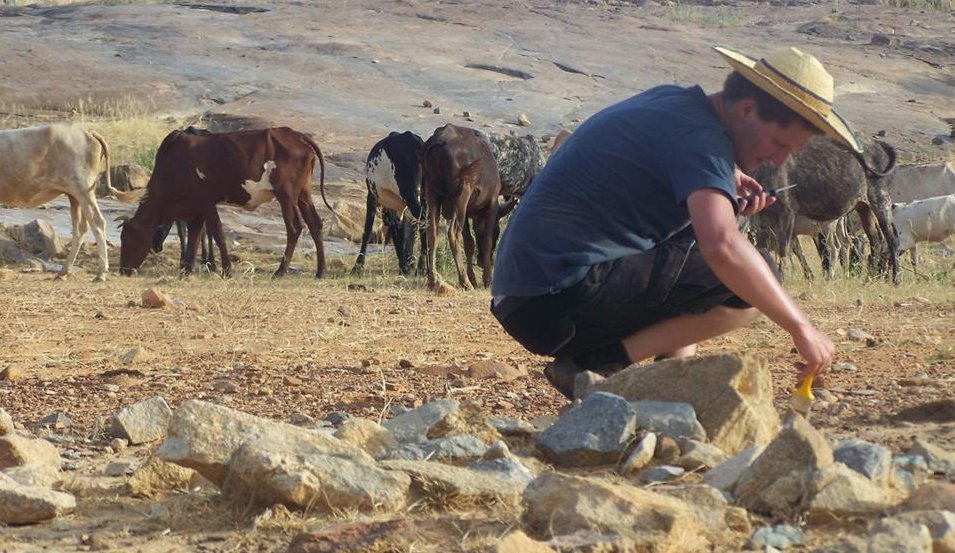
Another discovery is a necropolis with burial mounds of stone and earth, which is about 1300 years. It has been found in the vicinity of the Kurumba’s settlement – the largest nearly 2 meters high – in a place previously thought to be an abandoned village.
Scientists are hoping they will be allowed to carry out excavations within this royal necropolis, located next to the legendary “iron house” – an area closed to tourists and subject to local taboo.
MessageToEagle.com
Expand for referencesReferences:

